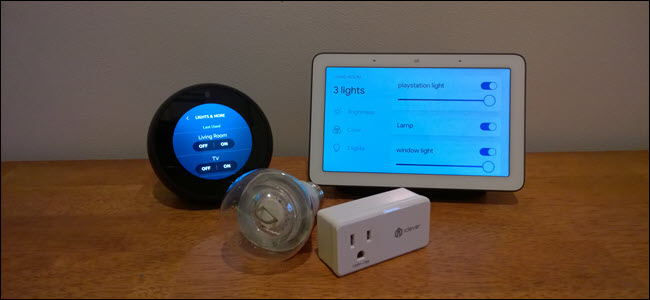
Smarthomes still aren’t very smart, and voice assistants don’t truly understand you. Beyond using groups, you should name your devices carefully to avoid overlap, hard to remember names, and confusion—both for you and your voice assistant.
Similar Device Names Introduces Command Confusion
Have you ever asked Alexa or Google to turn off the living room light, only to get asked repeatedly which living room device you want off? You can try to enunciate better or be more specific, just to be left frustrated because Google and Alexa don’t understand what you want.
Usually, the problem is you. If you named a smart outlet “study,” a smart light bulb “study,” and a smart switch “study,” your voice assistant won’t understand which device it should turn off. You can solve some of this by setting up groups. But it also helps if you follow some basic rules when naming your smart devices.
Plus, naming your smart devices well from the beginning helps you avoid having to relearn those names when you’re forced to change things down the line.
Name Groups After Rooms or Purposes

The most important names for your smarthome are the names of your groups. If you aren’t grouping the devices in your house, you should be. You’ll accomplish more with fewer words, and you’ll have less to remember. Both Google and Amazon have made it easy to create groups, and the sooner you do this, the better off you will be.
One good strategy is to name your groups after the room in which they’re located. A group for devices in your living room should be named Living Room, a group for your study should be called Study, and so on. The exception is for groups of things not tied to a specific room. In that case, you should use their purpose for the name.
For example, if all your Christmas lights are on smart outdoor outlets, then put them in a group named Christmas. You’ll tell your voice assistant “turn off Christmas” when you want to control the group.
Read the remaining 14 paragraphs
Source: How-To Geek